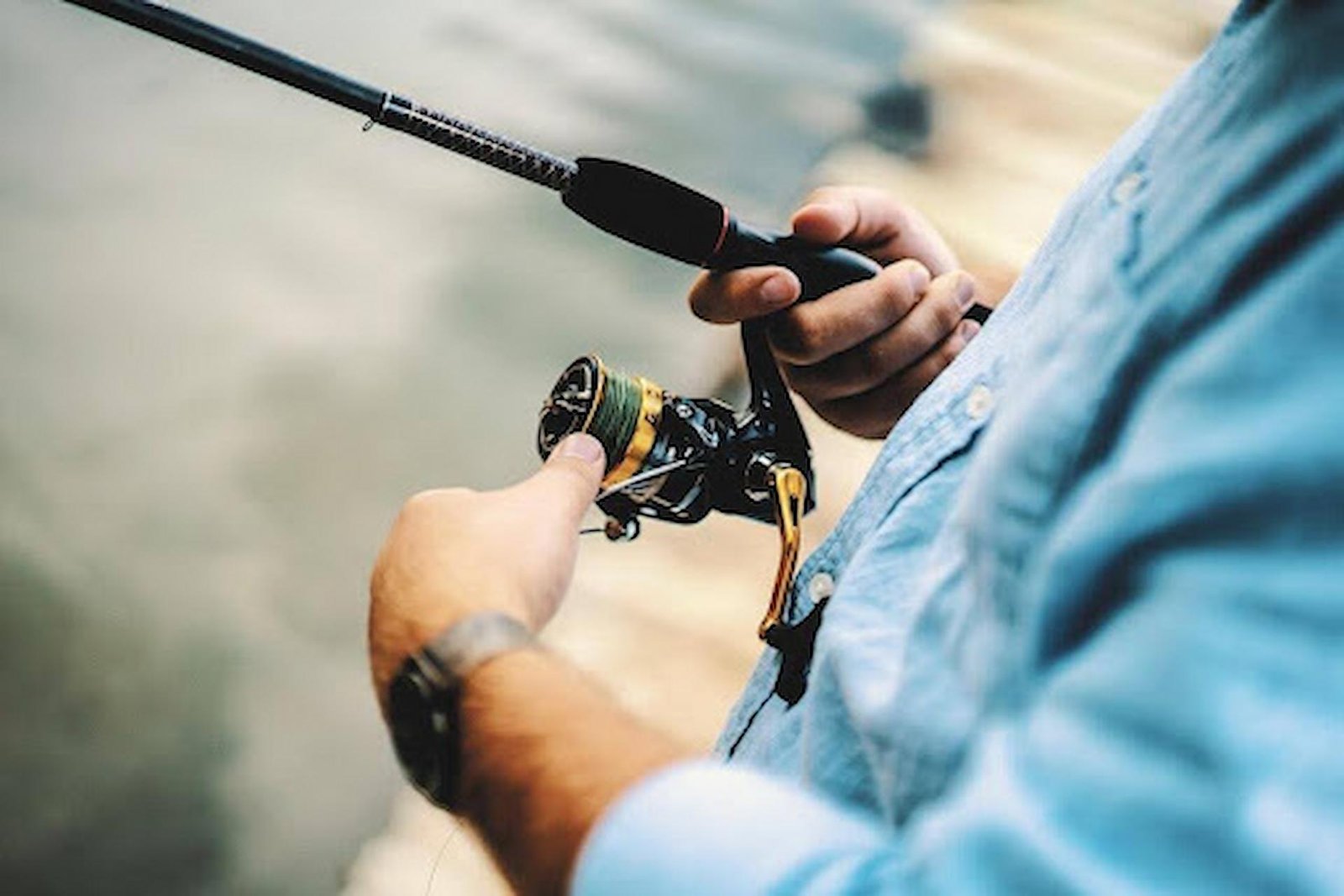Fishing offers a gateway to nature, a break from the daily grind, and a chance to reel in unforgettable memories. Whether you’re an experienced angler or a beginner casting for the first time, one of the most important decisions you’ll make is whether to go inshore or offshore fishing.
Each offers unique challenges, rewards, and experiences – but choosing the right one for you depends on several factors. This guide will break down the key differences and pros and cons to help you decide the best fit for your next fishing trip.
What is Inshore Fishing?
Inshore fishing takes place in shallow waters, usually within a few miles of the shoreline. It includes bays, estuaries, mangroves, flats, and backwaters.
The water depth typically doesn’t exceed 30 meters (around 100 feet), and the trips tend to be shorter and closer to land. Here are the common inshore species:
- Redfish
- Snook
- Speckled trout
- Flounder
- Tarpon (seasonally)
- Sheepshead
What is Offshore Fishing?
Offshore fishing (also known as deep-sea or bluewater fishing) occurs farther out in the ocean, often 20+ miles from shore. These trips involve larger boats, more advanced equipment, and deeper waters.
Offshore adventures are usually longer, sometimes taking a full day or more. Here are the common offshore species:
- Mahi-mahi (Dorado)
- Tuna (Yellowfin, Bluefin)
- Marlin
- Sailfish
- Grouper
- Snapper
- Wahoo
Inshore vs Offshore: Key Differences
The primary differences between inshore and offshore fishing revolve around several factors. Inshore fishing happens close to shore in shallow waters-typically less than 30 meters (100 feet) deep-such as bays, estuaries, and flats. In contrast, offshore fishing takes place much farther from land, often 20 miles or more into the open ocean, in much deeper water.
Trip Duration
In terms of trip duration, inshore fishing trips are usually shorter, lasting between two to six hours. They’re ideal for casual outings or anglers with limited time. Offshore trips, on the other hand, often span six to twelve hours or more, requiring a full-day commitment and sometimes even overnight stays.
Boat Types
Boat types also differ significantly. Inshore fishing uses smaller, more maneuverable boats that can access tight or shallow areas. Offshore fishing requires larger vessels equipped with powerful engines, advanced navigation, safety equipment, and enough storage for fuel and gear needed for long journeys and big catches.
When it comes to target species, inshore anglers usually pursue small to medium-sized fish like redfish, snook, and flounder. Offshore fishermen go after much larger, pelagic species such as tuna, marlin, and mahi-mahi.
Weather and Ocean Conditions
Weather and ocean conditions play a bigger role in offshore fishing, where rough seas can lead to trip cancellations or seasickness. Inshore waters tend to be more sheltered and predictable, offering smoother experiences, especially for beginners or families.
Finally, the skill level required can vary. Inshore fishing is generally more beginner-friendly, while offshore trips often suit experienced anglers who are comfortable with complex gear, deeper water, and longer time on the sea.
Pros and Cons of Inshore Fishing
Inshore fishing offers a more relaxed, accessible, and family-friendly experience, especially for beginners or those short on time. However, it also comes with limitations.
Pros:
Less time commitment: Great for half-day trips or tight schedules. Calmer waters: Reduced risk of seasickness.
Accessible: Requires less specialized equipment. Family-friendly: Perfect for kids or beginners. Cheaper than offshore trips.
Cons:
Smaller fish, on average. Limited species diversity. Less of a “big game” thrill for trophy-seekers.
Pros and Cons of Offshore Fishing
Offshore fishing delivers high excitement and the potential for landing large, powerful game fish in deep waters. Yet, it also has some challenges:
Pros:
Opportunity to catch massive fish. Higher species diversity.
Adventure-packed and thrilling. Often includes trolling, jigging, or deep-drop fishing.
Cons:
More expensive due to fuel, gear, and boat size. Longer trips may be tiring.
Rough waters can cause seasickness. Requires more experience or a knowledgeable guide.
How to Choose the Right Experience
Your experience level plays a major role in this decision. If you’re a beginner or planning a trip with children, inshore fishing is typically the better option. On the other hand, if you’re a seasoned angler looking for a more demanding and exciting challenge, offshore fishing will likely offer the kind of adventure you’re after.
Time and Budget
Time commitment is another factor. Inshore fishing trips usually last a few hours, ideal for travelers with tight schedules or those who don’t want to spend a day at sea. Offshore trips require more time, often taking up a full day or more, especially if you’re heading far out into deep water.
Budget considerations also come into play. Inshore fishing is more affordable, with charter prices generally starting in the lower range. Offshore fishing trips are more expensive due to the size of the boat, fuel requirements, specialized gear, and often the number of crew members involved.
Target Fish
Think about what kind of fish you want to catch. If your goal is to land a massive marlin, tuna, or sailfish, you’ll need to head offshore. But if you’re happy catching species like redfish, snook, or flounder, still challenging and fun in their right, inshore waters will provide plenty of opportunities.
Weather sensitivity and motion sickness are important to consider as well. Inshore waters are more protected from wind and waves, making the experience more comfortable for those who are prone to seasickness. Offshore trips are far more dependent on weather conditions, and rough seas can make for a physically demanding or even unpleasant day.
Seasons and Services
Seasonal patterns can also influence your choice. Some inshore species, like tarpon, follow very specific migratory routes and are only available during certain times of the year. Likewise, offshore fishing can vary greatly depending on the season, as fish like mahi-mahi or tuna are more abundant in warmer months or specific oceanic conditions.
Choosing the right guide or charter service is essential no matter which type of fishing you choose. Look for captains with strong local reputations, good reviews, quality equipment, and a clear explanation of what’s included in your trip. Check out fishing charters in Rhode Island to learn more.
Which One Should You Choose?
Choosing between inshore and offshore fishing comes down to what kind of adventure you want. If you’re after a casual, relaxed day on the water with plenty of action and less hassle, inshore fishing is likely your best bet.
But if you’re chasing trophies, adrenaline, and epic stories to tell, offshore fishing might be exactly what you’re looking for. You can’t go wrong with either option – especially if you plan well and choose the right guide.
If you want to read more articles, visit our blog.





